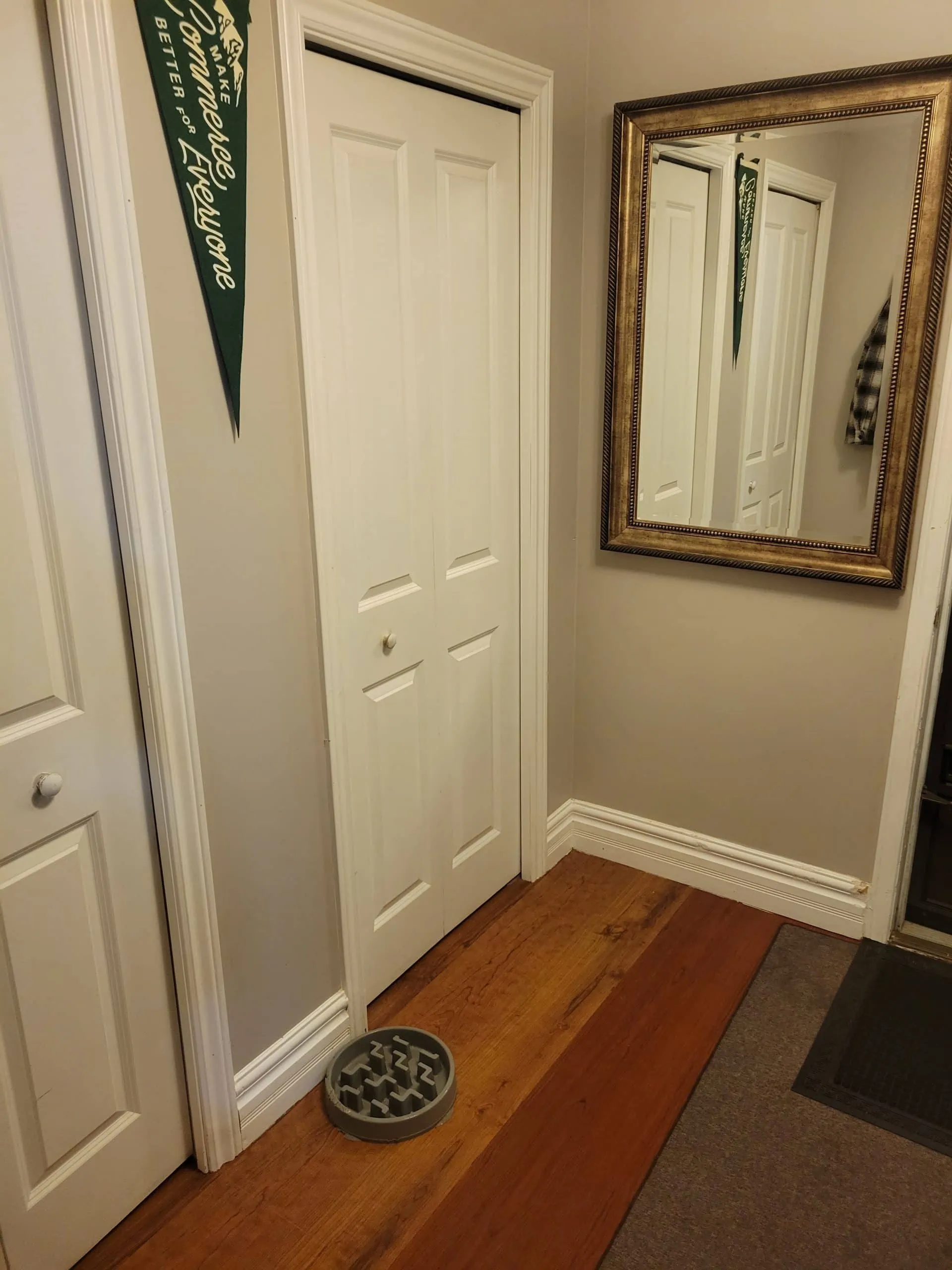Rug Rules: How Long to Wait Before Adding Them to Your New Floors
Just like adding the final brush strokes to a masterpiece, placing rugs on your new floors requires careful timing. Each flooring type has its own waiting period, essential for preserving both beauty and durability. You might be tempted to decorate right away, but consider the consequences. What’s the ideal timeframe for rug placement after installation? Let’s explore the recommended guidelines and what you should keep in mind to achieve perfect harmony in your space.
Understanding the Importance of Waiting Time
When you install new floors, you might feel tempted to lay down rugs right away, but patience is key. Allowing your new flooring to acclimate prevents issues like warping or moisture entrapment. It’s essential to give it time to settle, ensuring it’s ready for floor protection.
In the meantime, focus on proper rug care; vacuuming regularly will keep debris from settling into your subfloor. You can also consider using rug pads that help distribute weight evenly, reducing pressure on your new flooring.
This doesn’t just enhance the lifespan of your floors but also prolongs your rugs’ beauty. By prioritizing the waiting period, you’re investing in the longevity and aesthetics of both your floors and area rugs.
Recommended Waiting Periods for Different Flooring Types
Different flooring types require varied waiting periods before adding rugs to guarantee ideal performance and appearance.
For hardwood floors, it’s best to wait at least two weeks. This allows for any moisture to evaporate, ensuring stability.
With laminate flooring, a week’s wait is generally sufficient since it doesn’t absorb moisture as much.
If you’re dealing with carpet, adding rugs can be immediate, but be cautious about the rug patterns and colors you choose. It’s wise to avoid heavy rugs that can crush the carpet fibers.
Vinyl floors usually need about five days before introducing rugs to prevent shifting.
Factors That Influence Rug Placement Timing
Although waiting periods for rugs vary, several factors can influence your timing for placement. The type of flooring you’ve installed is vital; for example, certain materials, like hardwood, require longer curing times.
Additionally, humidity and temperature in your space play significant roles; high moisture can slow drying processes.
Consider the rug styles you’re drawn to as well; heavier area rugs might take longer to ventilate compared to lighter options.
Your placement strategies, such as layering rugs or positioning them in high-traffic areas, also impact when you should introduce them.
Ultimately, it’s best to assess both environmental conditions and aesthetic goals to guarantee your rugs settle harmoniously into your new space.
Signs That Your Floors Are Ready for Rugs
Before laying down your new rugs, you need to check a few key signs.
Make certain your floors are completely dry and any adhesives have fully cured.
Additionally, gauge the temperature and humidity levels; these factors can greatly impact your rug’s performance and longevity.
Floor Drying Time
As your new floors dry, knowing the signs that indicate they’re ready for rugs can save you headaches down the road.

First, feel for moisture; if the surface is dry to the touch, you’re on the right track.
Next, check for lingering odors; a musty scent may signal that the flooring isn’t fully dry.
Look for signs of warping or buckling, as these can compromise floor care and your rug’s integrity.
Finally, verify there’s no adhesive residue if applicable.
Once everything feels and looks right, you can confidently place your rugs, knowing you’re set for successful rug maintenance.
Taking these steps guarantees both your floors and rugs stay in top shape for years to come.
Adhesive Curing Period
To guarantee your floors are ready for rugs, it’s vital to pay attention to the adhesive curing period. Different adhesive types have varying curing methods, so identifying your specific adhesive can save you time and headaches.

Generally, water-based adhesives cure faster than solvent-based ones, often within 24 to 48 hours. To test if your floors are ready, carefully press your finger into the adhesive; if it feels firm and no residue transfers, you’re likely in the clear.
Additionally, check for any odors that indicate incomplete curing. Being patient during this period guarantees that your new floors are protected and that your rugs lay perfectly without compromising aesthetics or functionality.
Focus on these signs to guarantee a beautiful finish.
Temperature and Humidity Levels
Maintaining the right temperature and humidity levels in your home is essential when preparing your floors for rugs.
Temperature effects can considerably impact the stability of various flooring types. Ideally, you want to maintain a consistent air temperature between 60°F and 80°F. Too extreme a change can lead to warping or buckling, especially with hardwood floors.
Humidity control is equally important. Aim for indoor humidity levels between 30% and 50%. High humidity can cause floors to swell, while low humidity may lead to shrinkage.
Before laying down your rugs, check these factors to guarantee your floors are stable and ready. This way, you’ll prevent unnecessary damage and extend the life of both your flooring and your beautiful new rugs.
Tips for Properly Maintaining Your New Floors and Rugs
While investing in new floors and rugs can elevate your home’s aesthetic, regular maintenance is essential for preserving their beauty and longevity.
Start with floor cleaning; sweep or vacuum regularly to remove dirt and debris, and don’t forget to use a damp mop with appropriate cleaners.
For rug care, choose methods that suit the material; shake or vacuum them frequently and spot-clean stains as soon as they occur.
Be mindful of sunlight exposure, which can fade colors over time.
Rotate your rugs occasionally to guarantee even wear, and consider professional cleaning every year or two.
Choosing the Right Area Rugs for Your Space
When choosing area rugs, consider the material and durability to match your lifestyle and traffic in the space.
You’ll also want to pay attention to size and proportion to create a harmonious look that complements your furniture.
Selecting the right rug enhances both comfort and aesthetics, making your area feel cohesive and inviting.
Material and Durability Factors
Choosing the right area rug for your space hinges on understanding material and durability factors. Different materials have unique properties that influence both comfort and longevity. For instance, natural fibers like wool are durable and soft, making them great for high-traffic areas, while synthetic options like nylon resist stains and wear.
When considering durability concerns, think about your lifestyle. If you have pets or kids, opt for rugs that can endure more wear and tear without losing their charm.
Additionally, consider the rug’s maintenance needs; some fabrics require more frequent cleaning.
Balancing aesthetics with practicality will help you select a rug that not only enhances your decor but also withstands everyday challenges. Choose wisely for lasting beauty and function!
Size and Proportion Guidelines
Rug size and proportion can make or break the look of your space. When choosing area rugs, always consider the rug dimensions in relation to your room’s layout.
A rug that’s too small can make a room feel disjointed, while an oversized piece can overwhelm the space. Aim for at least the front legs of your furniture to sit on the rug to achieve cohesion.
For dining areas, the rug should extend beyond the chairs, ensuring they’re fully on the rug even when pulled house cleaners out.
Think about room aesthetics too; lighter rugs can make a small room feel larger, while bold colors add impact.

Ultimately, balance and harmony in size will elevate your overall design.
Conclusion
As you prepare to lay your rugs on those beautiful new floors, remember patience is a virtue. Just like waiting for a fine wine to breathe, letting your floors settle guarantees lasting beauty and durability. Follow the recommended waiting times and heed the signs your floors are ready. With proper maintenance and thoughtfully chosen rugs, you’ll create a harmonious space that invites both comfort and elegance. So, breathe easy and enjoy the transformation of your home!